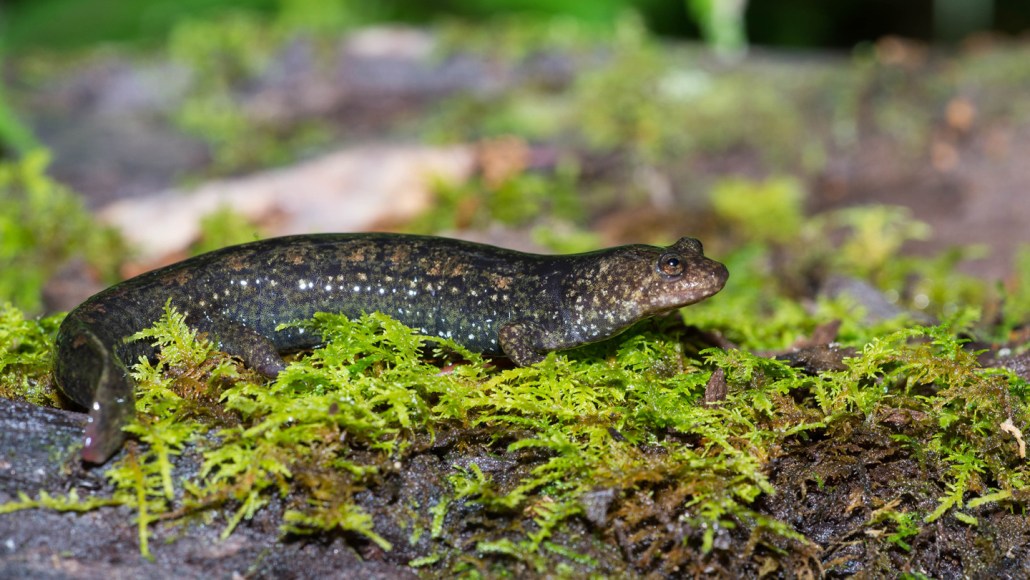
Black-bellied salamanders can be fiercely territorial, and research shows this is especially true at warm temperatures.
ashleytisme/flickr (CC BY-ND 2.0)

Black-bellied salamanders can be fiercely territorial, and research shows this is especially true at warm temperatures.
ashleytisme/flickr (CC BY-ND 2.0)